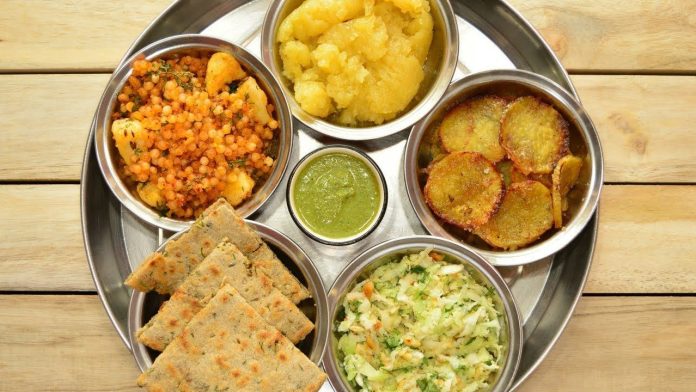The fast for Shardiya Navratri is scheduled to start tomorrow. Fasting is observed by followers of Durga Maa in order to obtain her blessings, but it can also be used as a detoxifying and weight-loss diet. During Navratri, eating millet is a healthy option because these small superfoods are gluten-free, high in fiber, and packed with vital minerals and vitamins. Due to their low GI nature, millets can help balance blood sugar and reduce cholesterol. Additionally, millets are a rich source of phenols, phytates, and tannins that can help fend off oxidative damage and prevent conditions like diabetes and high blood pressure.
Six types of millet that can be eaten on Shardiya Navratri in 2023:
- Millet from barnyards (Samak rice)
Samak rice, another name for barnyard millet, is a main food during the Navratri fast. It is devoid of gluten and a good source of important nutrients such as fiber, carbs, and a variety of vitamins and minerals. Samak rice has several uses; it may be made into pulao, khichdi, and even desserts like kheer. It is the perfect option for fasting since it gives you steady energy and keeps you feeling full all day.
2. Amaranth (Rajgira)
Rajgira, or amaranth, is another popular food during the Navratri fast. Iron, calcium, and magnesium are just a few of the vital minerals and necessary amino acids that are abundant in these little seeds. They can be made into chapatis, chikkis, or rajgira ladoos. Rajgira is a great option for people on fasts because it is not only nutrient-dense but also helps with digestion.
3. Foxtail millet (Kangni)
Foxtail millet, also called Kangni in Hindi, is a high-fiber, low-calorie, nutrient-dense grain. It is high in antioxidants, vitamins, and minerals and releases energy steadily. Foxtail millet is a great ingredient to make dosas, idlis, upmas, and even a tasty pulao during Navratri. Not only does kangni satisfy your palate, but it also supplies vital nutrients that keep your energy levels up while you fast.
4. Vari
Similar to Samak rice, vari, also known as barnyard millet, is an excellent substitute for wheat and rice during the fasting month of Navratri. It is low in calories, free of gluten, and a healthy source of carbohydrates and fiber. Vari can be used to make recipes such as pulao, khichdi, and even upma. It’s a healthy and satisfying choice for people who want to keep up their energy levels without sacrificing flavor.
5. Pearl Millet (Bajra)
During Navratri, pearl millet, also known as bajra, is a highly nutritious and gluten-free millet that can be eaten. It’s high in protein, fiber, and important minerals like iron and magnesium. You can make rotis, parathas, and even oatmeal with bajra. Bajra is a great option for people who want to maintain their nutritional intake throughout the fasting period because of its adaptability and high nutritional value.
6. Little millet (Kutki)
Kutki, another name for little millet, is a gluten-free, high-nutrient small-grain millet. It’s a good source of fiber, vitamins, and minerals, as well as protein. You may use kutki to make pulao, idlis, and even upmas. This millet offers vital nutrients along with some variety to your fasting food.

 हिंदी
हिंदी






